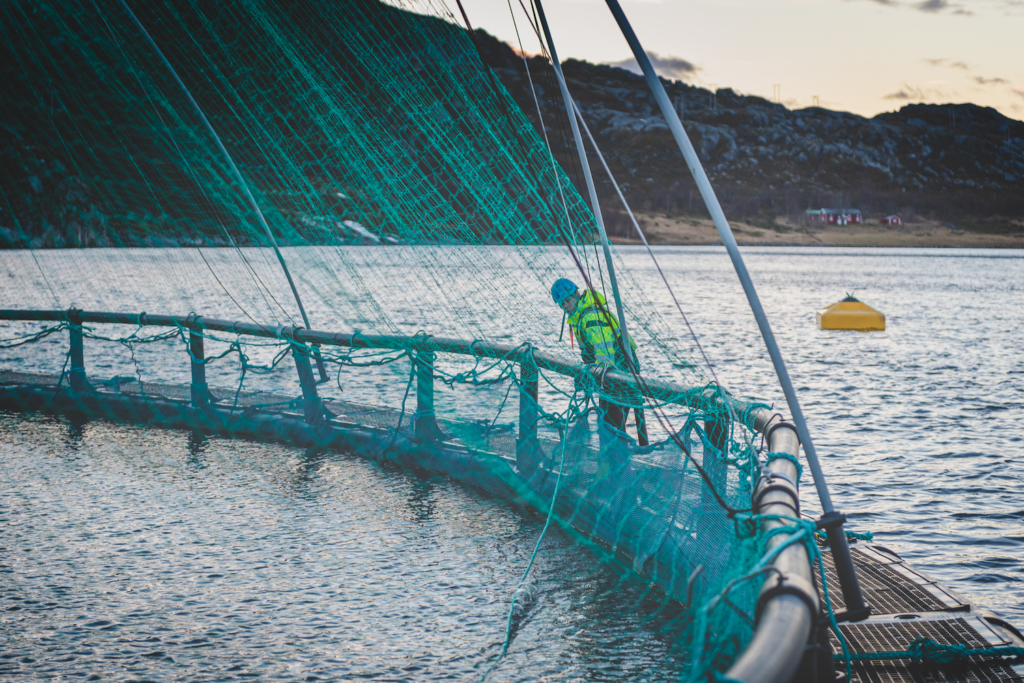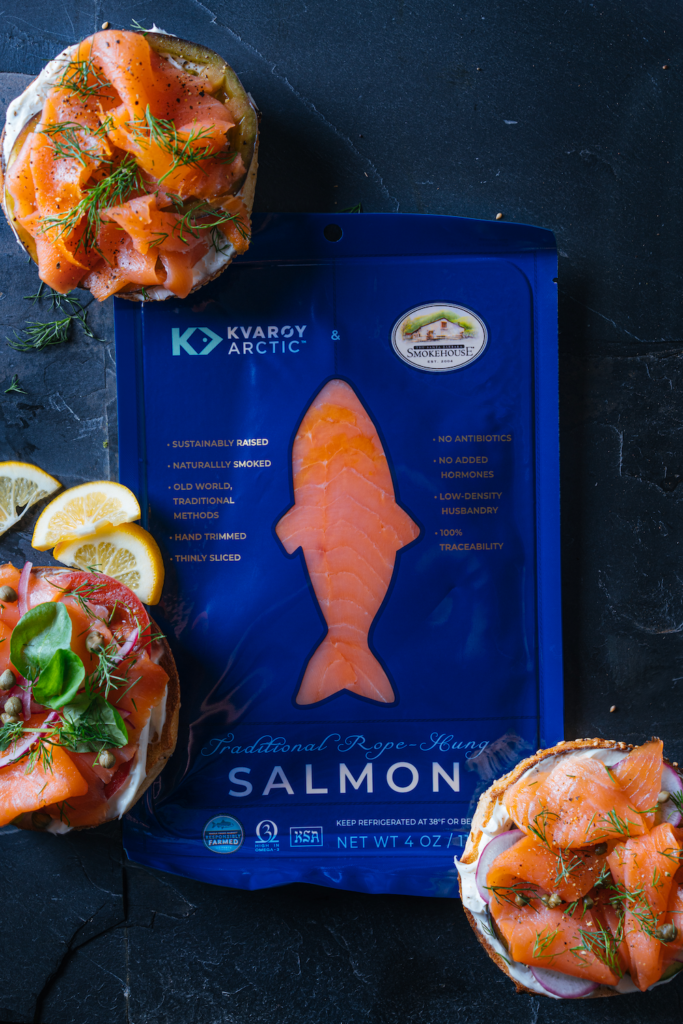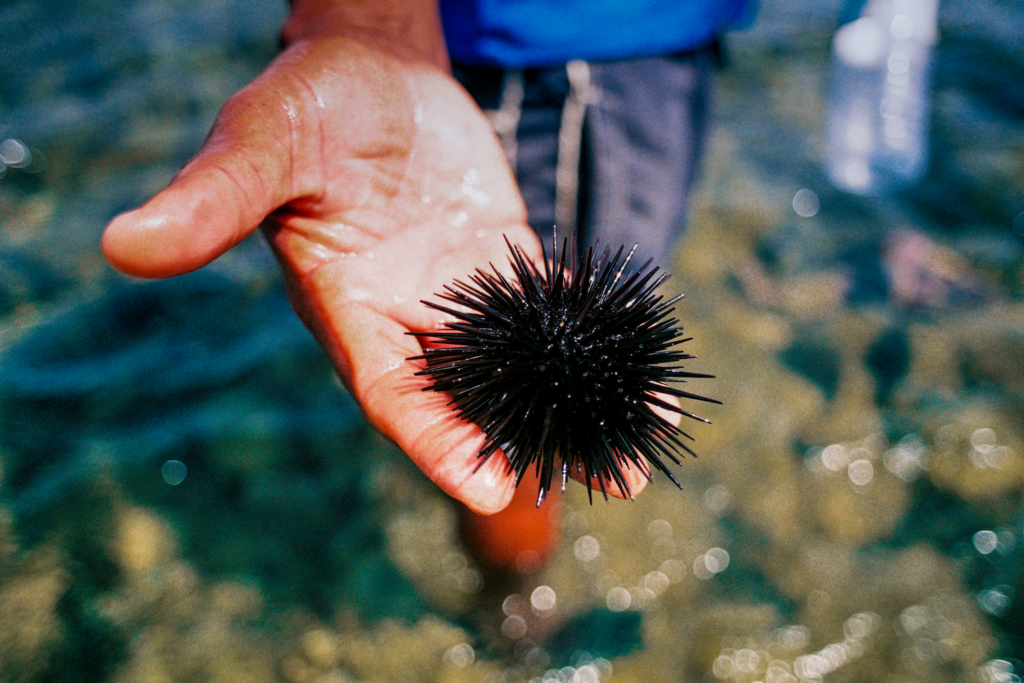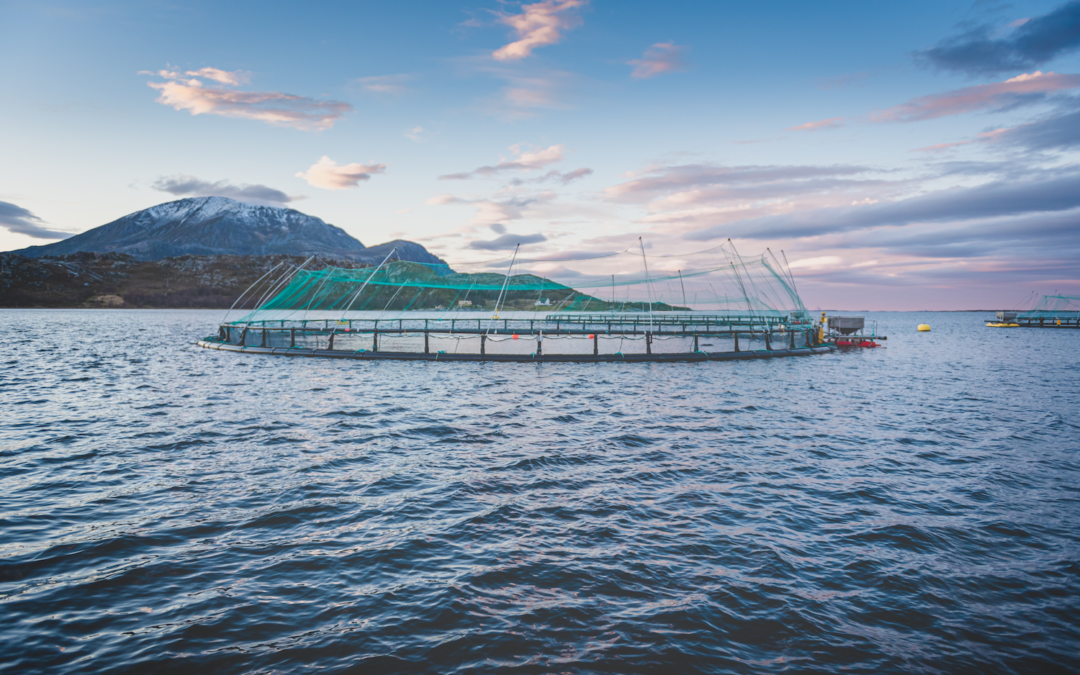The world’s fish stocks are being depleted at an alarming rate. With over 4.6 million fishing boats in the water worldwide, the oceans are fished 90% fished to capacity.
Thankfully, the news is not all bad.
Aquaculture done right can help to support ocean regeneration by allowing depleted fisheries to have a break and for the establishment of marine sanctuaries to help build back our oceans’ biodiversity.
The oceans are truly the last wild frontier. They deserve protection in the same way that Yellowstone National Park is protected for its beauty, wild rawness, plants, and animals. If we treat the oceans the same way, while recognizing the need to build a blue food resource, it is possible to restore our oceans to abundance—even in the face of climate change. Aquaculture will play a vital role in our future of food.
And to get there, we’ll have to acknowledge aquaculture’s full history (including the good, the bad, and the ugly), support the ethical, sustainable water farmers out there, and educate ourselves about the full picture.
To start, here are five myths about farmed seafood that we need to overcome:

Myth #1: All farmed fish are environmentally destructive.
It’s true, there are water farms that have done harm to the environment, which is why it’s essential to always look into where our seafood comes from. But farms are making improvements every day as they learn valuable lessons. Site placement, lower pen densities, and the integration of AI technology have all drastically improved the process of rearing fish.
The shift in aquaculture is similar to how crops are raised. In the 1970s, the development of GMOs, pesticides, and more were used to scale crop volume. We have learned A LOT from these mistakes. We now have other options and organic farming is becoming more widely adopted, the results of which are better for you AND the planet. The same is true when we look ahead to the future of aquaculture.
Myth #2: Farmed fish isn’t as nutritious as wild.
With the development of better feed technology, farmed seafood can actually be more nutritious than wild. It is important that companies invest in good feeds that come from ingredients that are sustainably sourced and rich in nutrients.
In the future, you will see labeling that calls out if a fish or seafood is high in nutrients like long-chain omega-3s. But for now, we need to do the research and confirm that the farms we buy our seafood from (or who our favorite restaurants buy from!) are supporting good animal welfare through nutrition. This ultimately benefits us!

Myth #3: Farmed fish come from poopy, polluted waters.
Each site and each species of fish have different needs when it comes to the water they’re reared in. What we know, across the board, is that a consistent flow of water to remove effluence (a fancy word for poop) is needed at all times.
In some cases, water flow through a farm can equate to millions of gallons of water. The water is truly a lifeline. It provides necessary nutrients and oxygen to the fish that they need for survival. On the site of a sustainable farm, the water is constantly checked for its oxygen levels, algae levels, and PH levels.
In the case of sustainable ocean-raised fish, the sites are fallowed for months so that the site has a chance to rest and replenish—just like how the soil on land farms gets fallowed.
So support farmers that say NO to poopy water and YES to fresh clean water (that is the perfect temperature and chemical make-up) for the fish to thrive.
Myth #4: Farmed fish has more fat than a piece of pizza.
When I first came into the sustainably farmed salmon space, I was shocked to learn that a piece of commodity-farmed salmon had more fat in it than a piece of pizza! That was over 14 years ago.
The truth is that as we farm more fish, as we move them off of a feeder fish-dependent diet and into a more vegetarian one, the fat content and the level of omega-6s have risen. But as feed makers have begun to use ingredients like insect meal proteins and pea proteins as replacements for fish meal and fish oil, the level of fat is going down—in some cases, even low enough to meet the American Heart Association’s Red Check program requirements.
But I would be remiss to mention that we do want GOOD fats like omega-3s, which fish and seafood like salmon, provide in high amounts!
Myth #5: Farmed fish cannot help to preserve wild stocks.
I always like to ask, “When was the last time you asked if your hamburger or steak was wild-caught?”
You probably haven’t.
And yet, we still consistently ask if our fish and seafood is wild. (And I do believe that you can enjoy sustainably-caught seafood from well-managed fisheries!)
However, we need to embrace aquaculture, because when done well, it can help rebuild our oceans, in tandem with these other actions:
- Push for better fishery regulations on a global scale. We need to do our part to honor protection for these wild places by leaving fish in the food chain for the animals that need them too.
- We need to establish more marine sanctuaries to drive GREATER biodiversity.
- We have to eat more diverse types of fish and seafood in order to avoid the inevitable issues of mono-cropping AND eat invasive species such as urchin that can disrupt the balance of ecosystems.

But not all farmed fish and seafood are the same, so it’s important to pressure farms to raise the right fish and seafood in the right way to fill in the gaps in our food supply. Ask for their certifications. Demand to know what’s in the fish feed. Get nosy.
And help spread the word so others can know that these 5 points are all aquaculture MYTHS.
If you’re interested in hearing how to make sustainable, NON-LOCAL seafood choices, check out my other blog post here!

